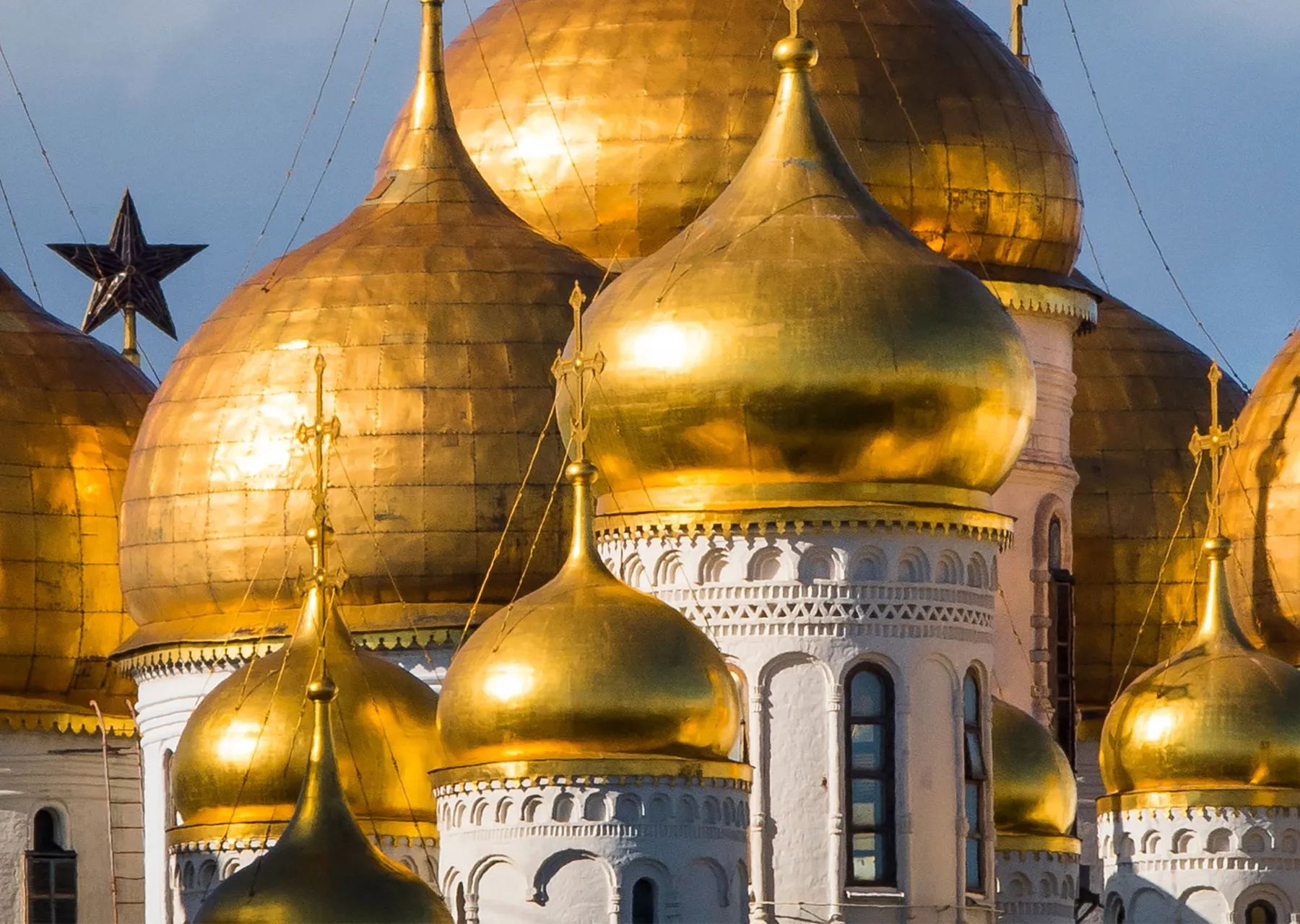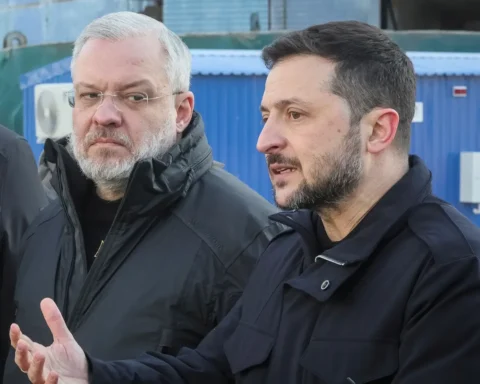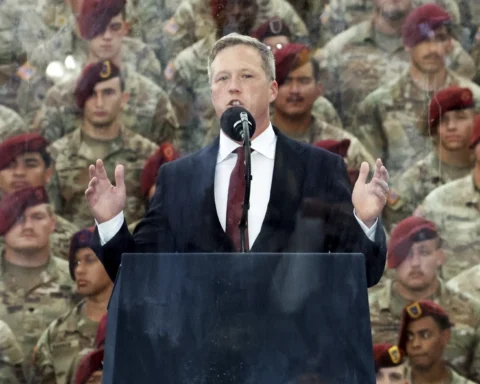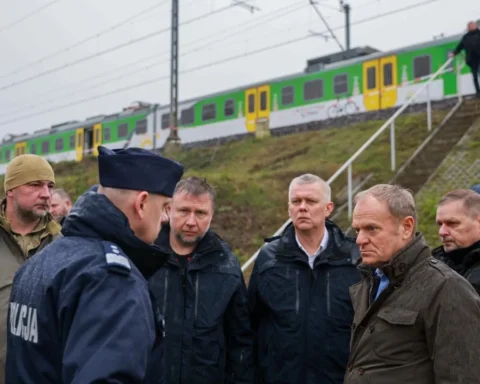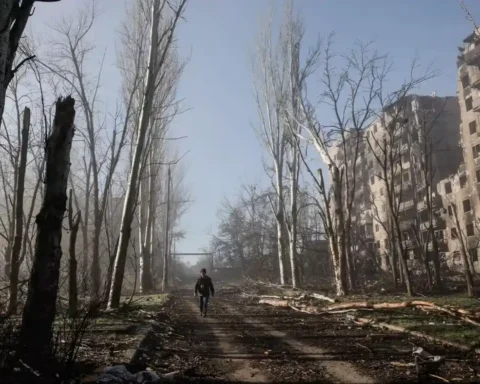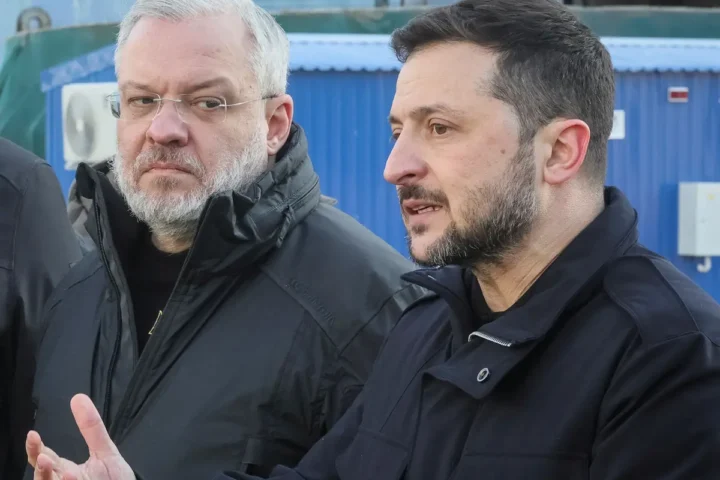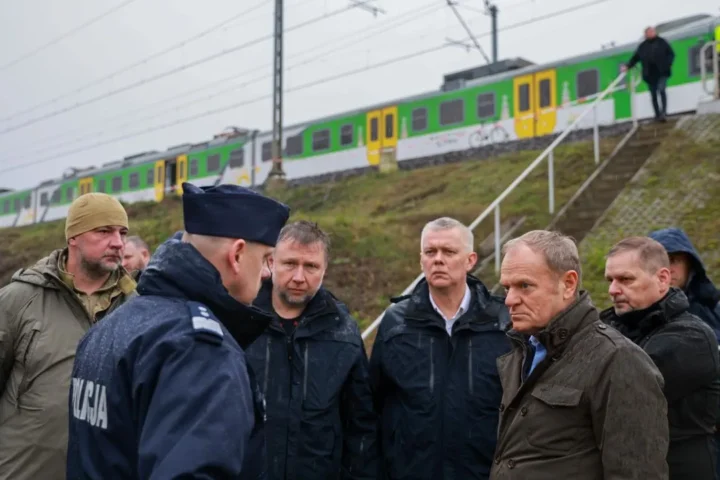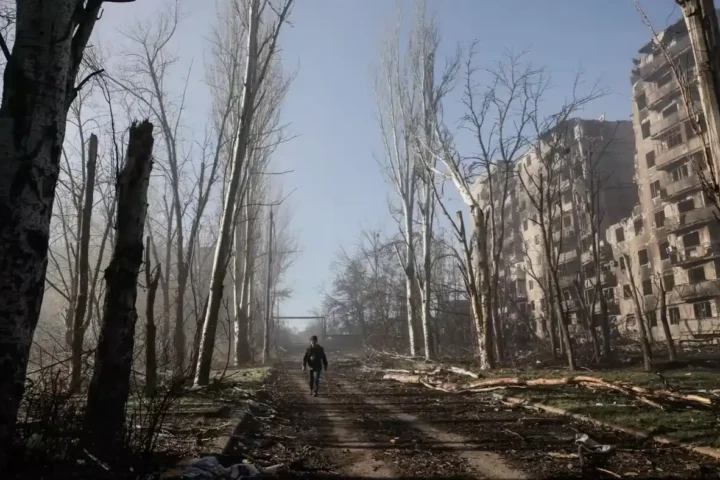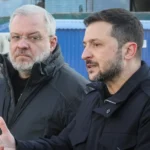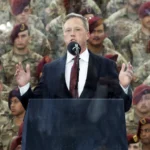The European Union has encountered pushback in its attempt to turn income from frozen Russian central bank assets into a steady funding source for Ukraine. According to Bloomberg, the key objection came from Brussels: Belgium questioned the legal robustness of a scheme that touches up to €185 billion (about $217 billion) held on its territory.
Belgian Prime Minister Bart De Wever called the idea of channeling accrued interest from Russian funds a “big gamble” and stressed the need for rock-solid risk-sharing among all member states. In his view, the process will be lengthy and require fine legal calibration—so much so that the EU should simultaneously look for alternative channels of support for Kyiv.
“Each country will have to guarantee proportionally in case something goes wrong,” De Wever said on Thursday on the sidelines of a European Political Community summit in Copenhagen. The EU plan, he added, involves “colossal amounts of money” and will require guarantees “for a very long time.”
At a leaders’ meeting in Copenhagen the day before, the mood was more upbeat: officials in Brussels insist the initiative to mobilize billions of euros for war-torn Ukraine is gaining momentum and that remaining concerns can be addressed. According to Bloomberg, European Commission President Ursula von der Leyen assured that potential risks under this structure would be spread so that they can be borne by “broader shoulders”—that is, collectively and without overburdening individual capitals.
Under the Commission’s draft, presented to member states late last week in hopes of reaching political agreement by the summit at the end of October, the plan is not to confiscate the assets but to “skim the cream” from the profit generated by the frozen funds. To reassure governments worried about potential lawsuits from Russia, Brussels proposed a so-called tailored debt contract with the Brussels-based clearing house Euroclear at a 0% interest rate—an arrangement designed to ensure that any future court rulings can be honored without undermining payment discipline.
By the Commission’s estimate, about €140 billion could be put to work, with the money to be disbursed to Ukraine in tranches and subject to agreed-upon conditions, Bloomberg notes.
De Wever, however, maintains that the mechanism still leaves many legal questions open and is unlikely to be implemented swiftly—meaning the EU should, in parallel, seek alternative sources of financing.
“We are a club of the richest countries in the world saying we can’t find this money. That’s not true: it is possible. And there is no such thing as free money,” the prime minister emphasized.
In sum, Bloomberg writes, Brussels continues to build the architecture of a scheme meant to convert income from frozen assets into long-term support for Ukraine. But Belgium—the country where the lion’s share of these funds is concentrated thanks to Euroclear—demands clear, collective risk-sharing, airtight legality, and readiness for long-term responsibility. Until those conditions are met, the search for “parallel” money for Kyiv will only grow more urgent.
This article was prepared based on materials published by Bloomberg. The author does not claim authorship of the original text but presents their interpretation of the content for informational purposes.
The original article can be found at the following link: Bloomberg.
All rights to the original text belong to Bloomberg.


